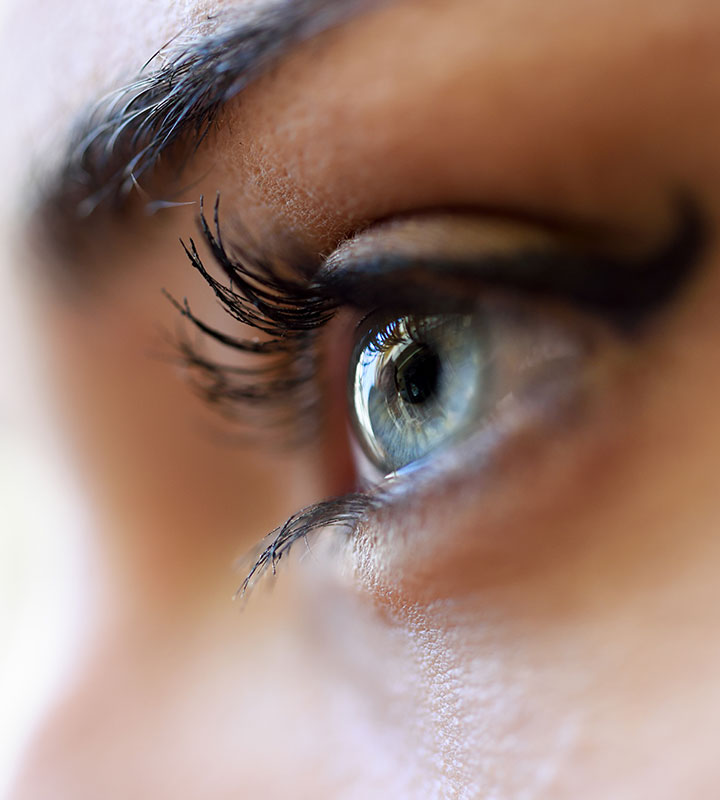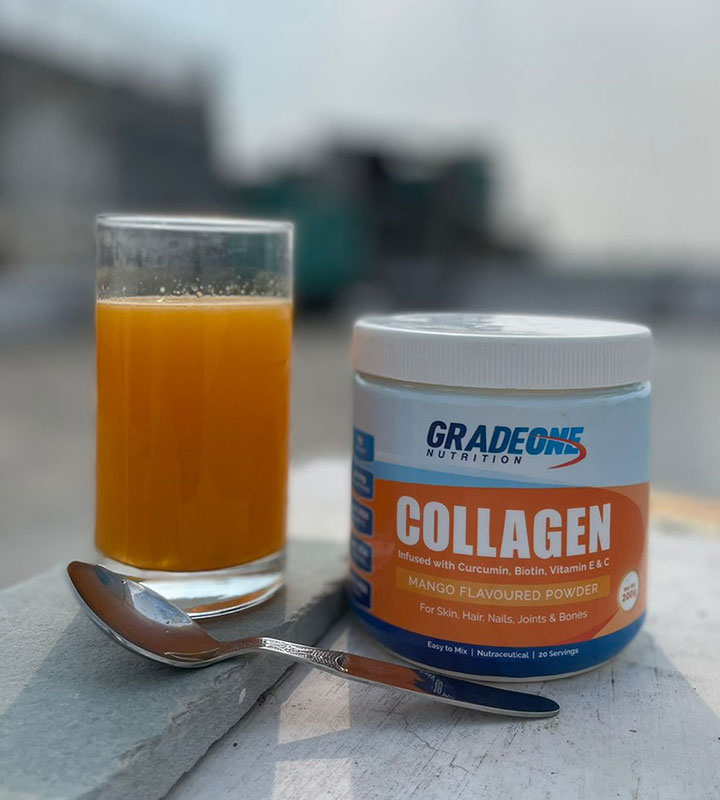Pre-implantation genetic testing determines the gene structure of the embryo. The one with the best genetic map is chosen for a successful IVF or ICSI procedure.
Pre-Implantation Genetic Testing
IVF and ICSI are Assisted Reproductive Techniques that most couples in recent times depend on for conceiving a child.
Why do couples need this ART?
Well, it is complicated, honestly speaking. Something that was supposed to be just simply natural now seems elusive.
Doctors and IVF specialists are a ray of hope in the lives of such couples.
It is not just infertility that takes the couples to the doors of a gynecologist.
It is also the presence of any particular undesirable gene set that runs in the family of either the man or the woman that may pass on to the child. The fear of this makes the couple skeptical about going the natural way.
A consult with an experienced gynecologist reveals that ART is possible after carefully selecting an embryo that has undergone genetic testing for that particular undesirable gene.
Dr. Hrishikesh Pai, the founder of Babies & US IVF and ICSI center in Mumbai, also facilitates pre-implantation genetic testing.

How is the PRE-Implantation Genetic testing done?
The patient’s oocytes are fertilized in vitro. Once the embryo forms, it is monitored continuously until it reaches the blastomere stage. It is usually the 5th or the 6th day of fertilization. A biopsy of the embryo is taken to run the genetic test.
It takes expertise to carry out these procedures and also high-tech lab facilities. Dr. Hrishikesh Pai is one of the best to carry out this process.
You may be able to find him and review his exceptional work on clinicspots.com and practo.com.
The technician will run a PCR method if we are looking out for monogenic disorder and the FISH method if we are looking out for chromosomal abnormality.
After carefully selecting the correct embryo, the rest of the healthy embryos are frozen and preserved for future use.
PCR Method for Monogenic Disorders
PCR stands for Polymerase Chain Reaction. This method is used for testing many monogenic disorders. Monogenic disorders mean disorders due to a single gene (autosomal recessive, autosomal dominant, or X-linked).
PCR Method for Chromosomal Structural Aberrations
PGD helps test diseases like cystic fibrosis, sickle cell disease, spinal muscular atrophy, and beta-thalassemia. All these fall in autosomal recessive disorders.
The autosomal dominant diseases tested for are myotonic dystrophy, Huntington’s disease, and Charcot Marie tooth disease.
PCR Method for X-linked Diseases
This is used for X-linked diseases such as our fragile x-syndrome, hemophilia -A, and Duchenne muscular dystrophy. PGD is also requested for mitochondrial disorders and multiple hereditary exostoses.
PGD for Best Chances of Pregnancy during IVF Implantation
The IVF specialist usually sends an embryo for PGD to check the high success rate of Implantation post IVF.
PGD for HLA Matching
Human Leukocyte Antigen typing of the embryos. A child with leukemia often requires stem cell transplants and bone marrow transplants for healing. Usually, this is not possible unless the gene testing is an exact match. Parents often go to the extent of IVF through HLA typing so that the child to be born can donate the stem cell and the bone marrow to the older sibling.
It is usually a controversial topic as the child to be born will be abused.
PGD for Cancer Predisposition
Of Late, PGD is also used to check on diseases with late-onset. Maybe when the individual could be in their 40’s.
PGD for Sex Discernment
PGD is often called for selecting the sex of the child a couple wants. Usually, couples do that to balance their families, as if they already have boys- they may wish to have a girl child. Or vice versa.
But it is also done to check for X-linked diseases. The female embryo is offered to prevent transmission of X-linked illness to the child.
So, to summarize the above, PGT-A is for selecting healthy embryos for implantation, which gives a higher chance of transforming into confirmed pregnancy.
PGT-M is for screening monogenic disorders.
PGT-SR is for testing the complete chromosomal structural abnormality of an embryo.
The specialist carries out the PGD procedure using Biopsies.
The tissue required for the biopsy could either be extracted from the embryo itself or from the culture in which the embryo was kept to develop.
The first one is called the invasive biopsy technique. The latter is non-invasive since it is believed that in the incubation period, the embryo releases DNA fragments from the cells that have died into the culture media. The scientists suggest that they could use these isolated DNAs for PGD.
Final Thoughts
All in all, it is wonderful to see how biotechnology is enabling parents to conceive healthy children without the fear of passing on their harmful genes to them.












